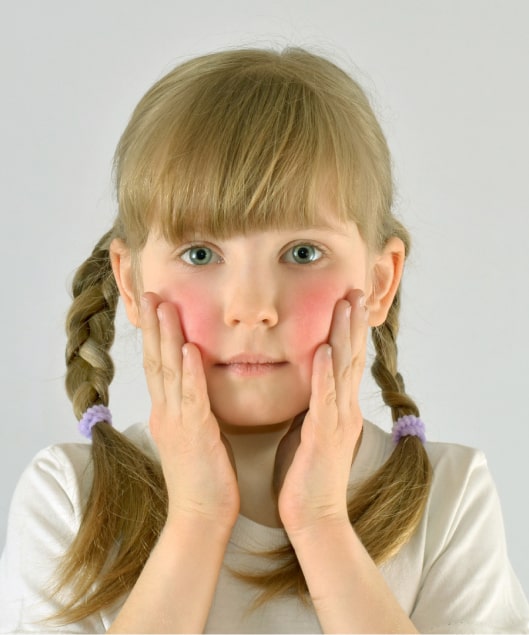In addition to infectious skin diseases caused by bacteria and viruses such as impetigo contagiosa and vulgar warts, which are often seen in childhood, the skin of newborns is also prone to the appearance of atopic or seborrheic dermatitis.
Newborn skin is also prone to the appearance of seborrheic dermatitiswhich occurs during the first few months of life in the form of redness and flaking on the scalp and in the upper part of the body, while atopic dermatitis usually occurs after the 3rd month of life.
Atopic dermatitis is a chronic, relapsing inflammatory childhood skin disease often associated with allergic rhinitis and/or asthma.
The prevalence of this disease is increasing, and it is estimated that in industrialized countries 15-30% of children and 2-10% of adults are affected. The disease usually disappears spontaneously during puberty or adolescence although a smaller number of patients have changes in adulthood.
Considering the age at which the skin changes appear, and their appearance and distribution, atopic dermatitis has three clinical presentations: atopic dermatitis of infancy, childhood and adulthood.
Common to all forms is dryness of the skin, and the appearance of erythematous and scaly foci on the start of the skin and later on the folds such as the elbow and knee pits.
Atopic dermatitis in children is treated with intensive skin hydrationnd corticosteroid creams and immunomodulators such as tacrolimus and pimecrolimus are used in acute cases.
